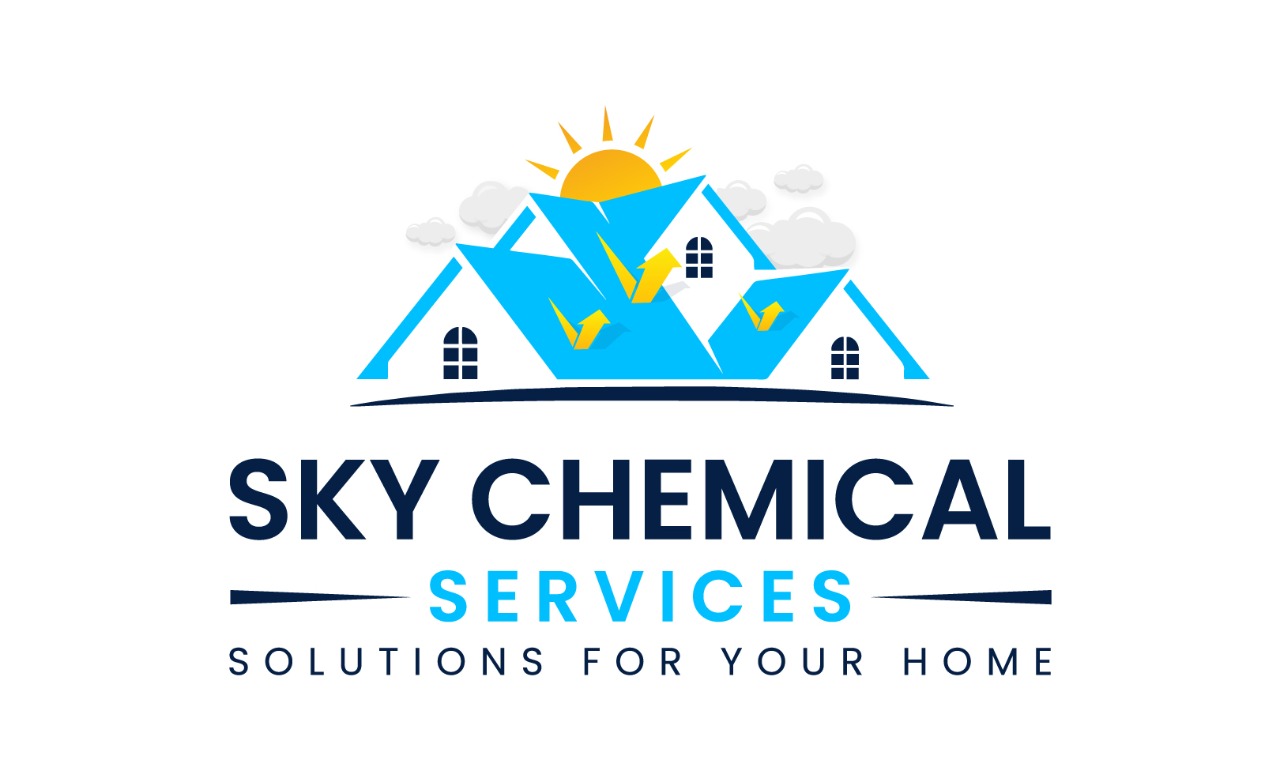A leak-proof residence exhibits a ‘peaceful and safe environment’ for everyone, including pets. Periodic maintenance is kept mandatory by homeowners and businessmen. Protect your building from rising damp and external water penetration with DPC and waterproofing solutions. Moreover, rooftops, corners, and less-ventilated areas are monitored with acuity and meticulousness. If you want to hire a reliable team of professionals, connect with Sky Chemical Services.
To develop a leak-resistant structure, inspection and cleaning processes are managed at first. Afterwards, the crevices or ruptures are fixed with sealers or grout. For a long-lasting fix, waterproofing or DPC techniques are applied: Damp-proof course (DPC) is a barrier that prohibits water ingress through capillary action. Waterproofing, on the other hand, is a coating (single or multiple) of water-resistant sheets or membranes on different surfaces.
In this blog, we will explore the differences between DPC and waterproofing and shed light on their characteristics and importance.
Read More
Is Waterproofing Necessary After Laying the Foundation?
Which Cement is Used for Roof Treatment?
What is Crystalline Waterproofing? How is it Applied?
Damp Proof Course (DPC)
A Damp Proof Course, commonly known as DPC, is a horizontal barrier installed in a building’s structure (walls or floors) to prevent the upsurge of rising groundwater. DPC acts as a physical barrier, blocking the path of moisture and safeguarding the building from dampness. Various problems, such as mold growth, decay, and structural damage are restricted.
Methods of DPC
Physical DPC
In this process, different materials, such as bitumen felt, plastic sheets, or DPC strips are incorporated. These materials are designed from metal or PVC. They form a continuous, impermeable layer that prevents moisture from surging upwards.
Chemical DPC
Where physical DPC is not feasible, experts prefer the other form, i.e., chemical DPC. Specialized chemical formulations are injected into the masonry walls, permeating the porous materials and creating a water-repellent barrier.
Read More
How to Waterproof Foundation Cracks?
Four Common Reasons for Leaking Balconies
How to Waterproof Your Walls?
Waterproofing
To create a protective barrier against water intrusion, various techniques and materials are applied in the waterproofing process on roofs, walls, basements, and foundations. Waterproofing is critical in areas prone to heavy rainfall, floods, or buildings near water bodies.
Methods of Waterproofing
Liquid Membranes
Liquid membranes are applied in a thick, slurry form on flat surfaces, such as wood, concrete, and metal. These layers are useful for areas with complex shapes or irregular surfaces.
Sheet Membranes
Pre-formed sheet membranes made of materials like modified bitumen or PVC are applied to surfaces and provide excellent waterproofing protection. They are easy to install and offer high resistance to water penetration.
Cementitious Waterproofing
Cementitious waterproofing coatings are made from a mixture of cement, sand, and proprietary additives. When applied to surfaces, they become an integral part of the substrate, reinforcing strength and enhancing aesthetic appeal.
Bentonite Waterproofing
Bentonite clay panels are also used as waterproofing products. Upon contact with water, these panels swell to form a dense, impermeable barrier, preventing water intrusion.
DPC vs. Waterproofing: Key Differences
Purpose: DPC manages capillary moisture and prevents it from rising up. Waterproofing, on the other hand, aims to create a complete barrier against water penetration from above and below ground levels.
Scope of Application: DPC is used in masonry or brick walls to address upward moisture movement, whereas waterproofing is applied to various building elements to protect against direct water exposure and hydrostatic pressure.
Materials: DPC involves physical barriers like bitumen felt or plastic sheets, whereas waterproofing employs a broader range of materials, including liquid membranes, sheet membranes, cementitious coatings, and Bentonite clay panels.
Comprehensive Protection: Waterproofing provides a higher level of protection compared to DPC. While DPC addresses only one specific type of moisture problem, waterproofing safeguards against water-related issues, including heavy rainfall, flooding, and hydrostatic pressure.
Conclusion
Damp Proof Course (DPC) and waterproofing are vital techniques in the construction industry. DPC prevents capillary moisture while waterproofing creates an impregnable barrier against incoming water. Understanding the specific requirements and potential risks is essential in choosing the appropriate method. By employing the right approach and high-quality materials, builders can ensure long-term durability and structural integrity of buildings, even in the face of challenging water-related conditions.
Contact Sky Chemical Services for a quick survey!
